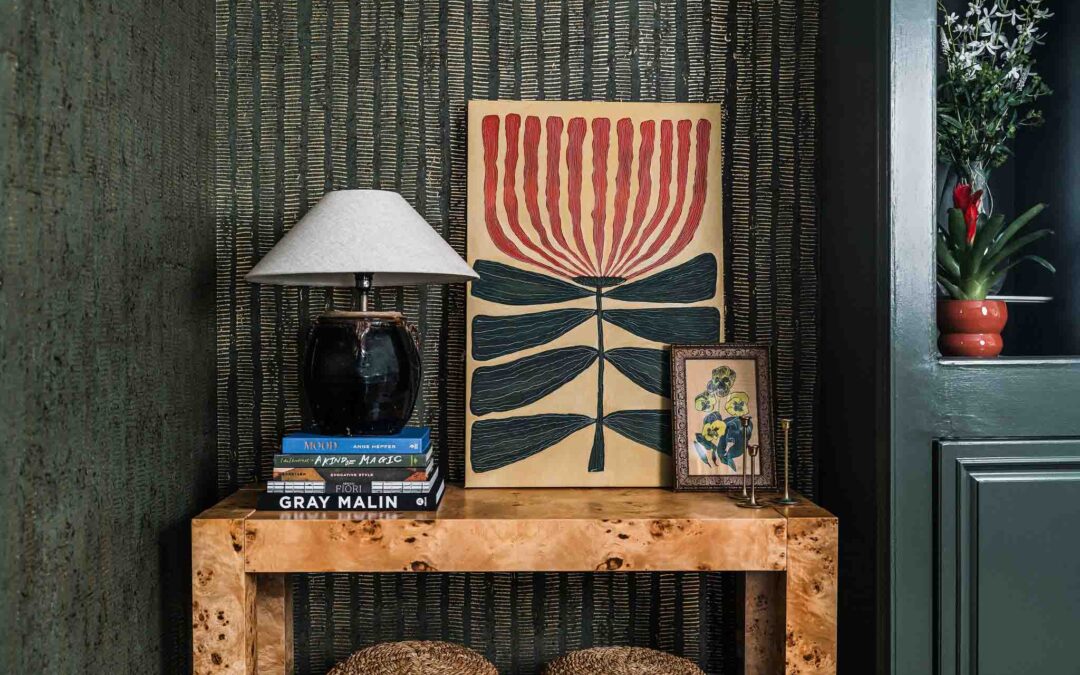Texture is one of the unsung heroes of interior design. It adds depth, dimension, and personality to a space, turning it from flat to fabulous. Mixing and matching textures might seem daunting at first, but when done right, it creates a beautifully cohesive and visually interesting look. Here’s your step-by-step guide to mastering the art of texture layering in your home.
1. Start with a Neutral Base
A cohesive design begins with a solid foundation. Opt for neutral colors on large surfaces like walls, floors, and furniture. Neutral tones create a calming backdrop that allows textures to shine without overwhelming the space. Think soft beige walls, a light gray sofa, or natural wood flooring.
2. Layer in Contrasting Textures
To create visual interest, pair contrasting textures. For example:
- Smooth meets Rough: A sleek marble coffee table paired with a woven jute rug.
- Soft meets Hard: A plush velvet sofa adorned with metal or wooden side tables.
- Matte meets Glossy: Matte ceramic vases displayed alongside shiny glass decor.
The contrast keeps the space dynamic and ensures no single element feels out of place.
3. Combine Natural and Synthetic Materials
Mixing organic textures like wood, rattan, and linen with more modern, synthetic materials like polished metals, acrylic, or leather creates balance. For instance:
- Pair a leather armchair with a chunky knit throw.
- Add a woven basket to a room with metal fixtures to soften the look.

